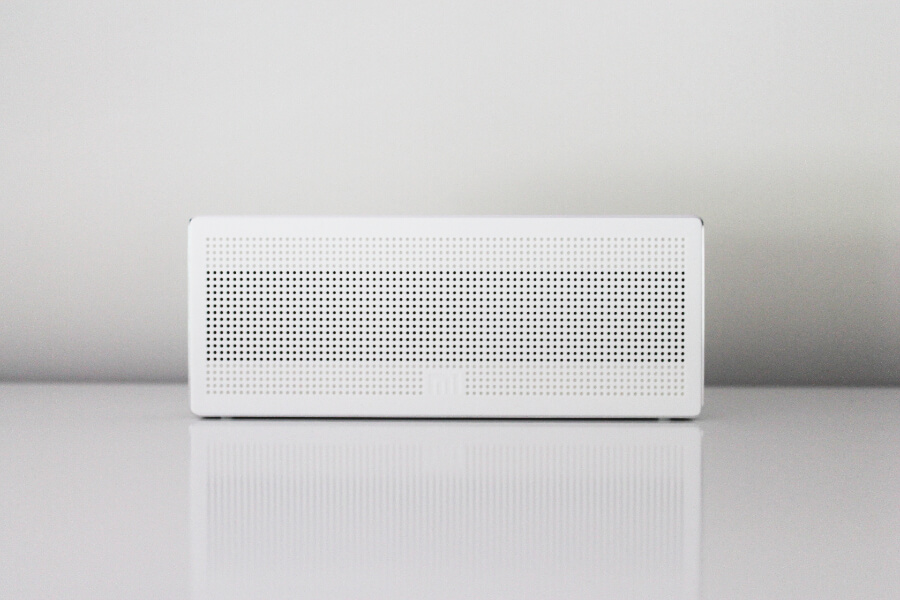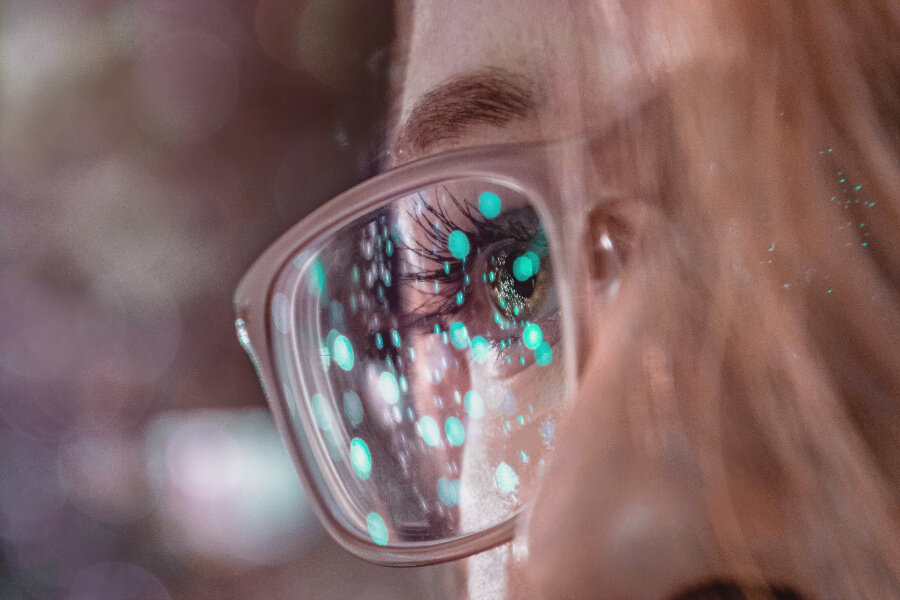The Gadget Guide for Physical Health

There’s nothing more satisfying than having a critical breakthrough while coding—even if the developer spent the better part of a day to get the job done. But such victories are always a catch-22 situation. Though the brain has performed a great feat, it often leaves the body with aches.
Today, doctors and medical experts have started to hammer home the adverse effects of leading a sedentary lifestyle sitting before a screen. Most people don't have a choice; they’re obligated by professional responsibilities or that nagging idea they can’t let go of.
Regardless, sitting and staring at a screen has been scientifically proven to have adverse effects on the spine, neck, circulatory system, metabolic system, blood pressure, and cholesterol. There are also new developments, such as studies linking blue light to a botched circadian rhythm and low air quality at home to lung complications.
Think your backless stool and standing desk are enough to stave off the slew of complications that come with mastering JavaScript or launching the next big decentralized app? Let’s take a deeper dive into the gadgets that go the distance in protecting physical and internal health.
Treat the Spine
Adjustable Chairs & Desks
Most seasoned programmers are well-versed in the basics of choosing an ergonomic chair and an adjustable table. In fact, these topics have already been covered by previous professionals glued to a screen: poker players. In the early 2000s, the start of online poker led the first virtual pros to develop tips for maintaining physical health and a list of suggested gadgets.
At the top of the list were ergonomic chairs. Today, these have evolved greatly; some options, though pricey, will automatically adjust to a person’s body for a perfect fit. Just keep in mind that armrests should be adjustable and that feet should remain flat on the floor.
Similarly, desks have seen major coverage in the last ten years. While standing desks seem to be on the decline, there’s a rise in adjustable desks, as well as a new trend: desks designed for floor-sitting. Regardless of preference, be sure to look into quality research.
All About Ambiance
Blue-Light Blocking Glasses & Air Purifiers
Aside from standing desks, another trend related to a sedentary lifestyle is the long-term effects of blue light on the eyes and the body. One recent study from Harvard Health indicated that artificial blue light wreaks havoc with our circadian rhythm, affecting our quality and duration of sleep.
They might also contribute to heart disease and obesity, though further studies are needed to corroborate early takeaways. In the meantime, consider picking up a pair of glasses that block blue-light waves.
Aside from opting for blue-light blocking glasses and minimizing screen brightness when possible, another aspect of sedentary life worth considering is air quality. Oftentimes, air quality in the home is lacking—but there are easy solutions.
For those with a green thumb, keeping plants around a desk will help purify the air. There are even specific plants known for absorbing carbon and toxins quicker. For those not excited by keeping a plant alive, there are energy-efficient air purifiers that will go the distance to keep lungs healthy.

Staying Fit While Staying Stationary
Yoga Breaks & Mini Ellipticals
As mentioned above, poker pros were some of the first people to start optimizing their routines for long stretches in front of a screen. Aside from emphasizing ergonomic chairs and adjustable desks, many have also opted for mini yoga breaks.
Suggestions abound from qualified yoga teachers about how to keep the back, neck, and shoulders comfortable through easy exercises. Most can be performed right from the chair, including back arm crosses and neck stretches. Consider scheduling breaks for movement and stretching.
One gadget that’s become popular is the mini elliptical or bike. These devices fit under a table and operate with minimal noise, which makes them ideal for those who want to get a quick workout without interrupting their rhythm. Even better, most devices now include handy gauges that let a user know how far they’ve traveled and how many calories they’ve burned.